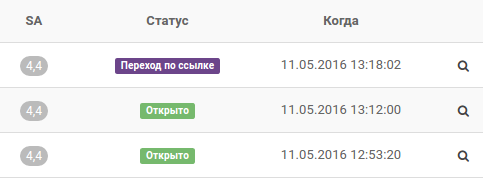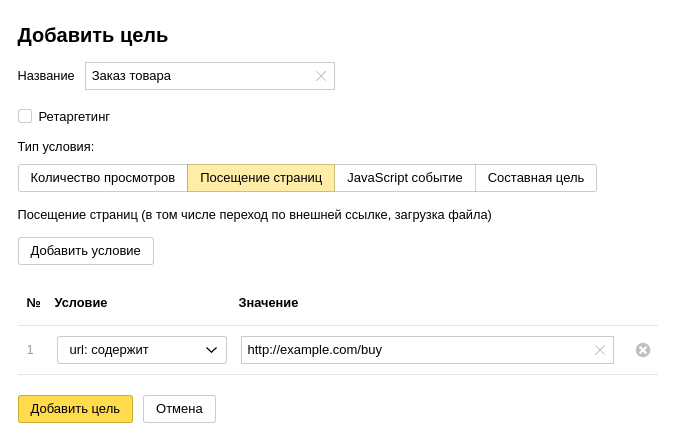Measuring the effectiveness of email newsletters. 5 metrics you need to know about

Hello to all! Every marketer must understand how effective this or that product promotion channel. In particular, how effective are emails and how to make them more efficient? Let's find it out!
')
There are a great many articles on how to conduct effective email-mailing, create selling email-templates, write selling texts in letters and much more.
However, it is not enough just to create and send a newsletter - it is important to understand how effective it was. And today we decided to stop on this.
So, which metrics should be monitored in the process of promoting your project using email newsletters?
Clickthrough Rate (CTR)
What is it: the percentage of mailing recipients who clicked on one or more links in a letter
How to count: (The number of clicks on the links in the letters ÷ The number of delivered letters) * 100
Example: 500 clicks ÷ 10,000 delivered email * 100 = 5% CTR

This metric can be extremely useful when conducting A / B tests. It will help you determine the most effective email template and use it in future newsletters.
Conversion rate
What is it: the percentage of mailing recipients who clicked on one or more links in a letter and performed a targeted action on the site
How to count: (The number of visitors who committed the target action ÷ The number of delivered letters) * 100
Example: 300 “targeted” actions ÷ 10,000 delivered email * 100 = 3% Conversion Rate
It is not enough one transition to the site, it is extremely desirable that the site visitor performs some target action (ordering goods, calling your operator, etc.). Your email message must contain call-to-action buttons or links, after clicking on which, the recipient gets to the landing page you need.
In order to more accurately measure this metric, you can use utm tags in links, integrate your website with analytics systems, such as Yandex.Metrica, and set a list of target actions to be tracked. In the screenshot you can see the interface for adding a target in the Yandex.Metrica system.

Bounce rate
What is it: the percentage of letters that for some reason were not delivered to the recipients
How to count: (Number of bounced events ÷ Number of sent letters) * 100
Example: 1000 bounced ÷ 10,000 sent email * 100 = 10% Bounced Rate
Unfortunately, not all letters can be delivered to their recipients. There are several reasons for this. For example, the recipient's mail server may be unavailable, the recipient's address does not exist, etc.
You should be extremely careful about this metric, because a high bounce rate indicates that your subscriber base is outdated / invalid. Subscribers who have had HARD BOUNCED events should be immediately removed from the databases, since ISP providers (Google, Mail.ru, Yandex, etc.) are extremely negative about repeated attempts to deliver a letter to such addresses.
Unsubscription Rate
What it is: the percentage of subscribers who have unsubscribed from your newsletter.
How to read: (Number of unsubscribed events ÷ Number of active subscribers) * 100
Example: 10 unsubscribed ÷ 1000 subscribers * 100 = 1% Unsubscription Rate
Unfortunately, sometimes your subscribers will unsubscribe from your newsletters. This can happen for various reasons - a person may lose interest in your services or find your newsletters too intrusive.
It is necessary to measure this indicator often enough to understand which way you are going, whether you bother your subscribers too much.
Return of Investment (ROI)
What is it: a return on investment in email campaigns.
How to count: [($ from additional sales minus $ nested in email campaigns) ÷ $ nested in email campaigns] * 100
Example: ($ 1 000 from additional sales - $ 100 invested in email campaign / $ 100 invested in email campaign) * 100 = 900% return on investments invested in email company.
This is the main indicator of the effectiveness of your email newsletters. How much money did your email newsletter bring after deducting what you spent on it? This metric will help you understand whether it is worth using this channel to attract customers.
I hope this material will help you make your newsletters more effective. Thanks for attention!
Source: https://habr.com/ru/post/300718/
All Articles